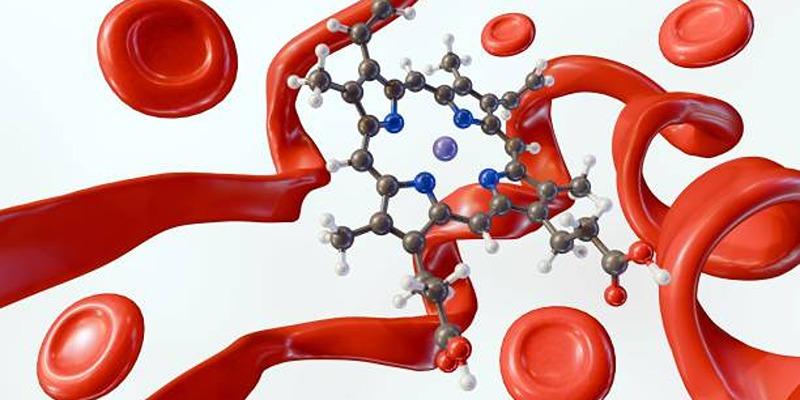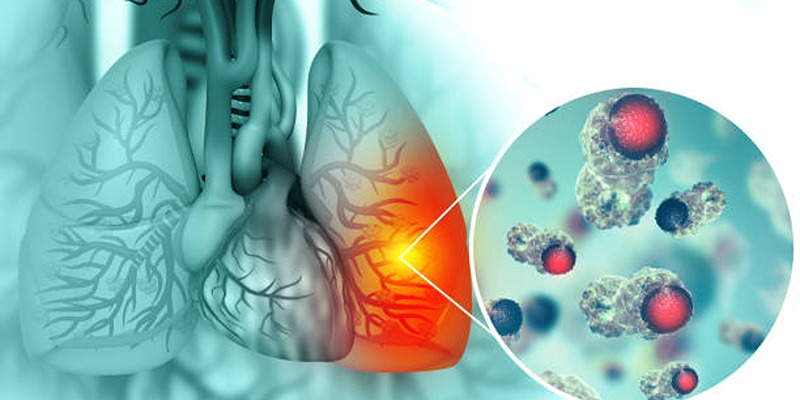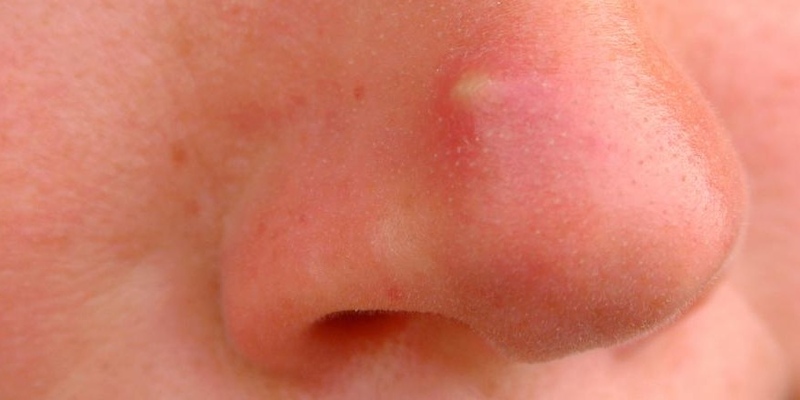Understanding the Causes and Types of Aortic Aneurysms
An aortic aneurysm is a serious medical condition characterized by an abnormal bulge or dilation in the wall of the aorta, the largest blood vessel in the body. This condition can develop silently over time, often showing no symptoms until it becomes severe or ruptures, posing a life-threatening situation. Aortic aneurysms can occur in different parts of the aorta, typically classified as thoracic aortic aneurysms (affecting the chest area) or abdominal aortic aneurysms (affecting the lower part of the aorta). Various factors such as high blood pressure, smoking, genetic predisposition, and age contribute to their development.
Understanding Aortic Aneurysms

An AAA is present if a part of the aorta, which is the largest blood vessel in the human body, becomes thin and swollen. This bulge can occur at any site of the aorta and may vary in size; aneurysms are classified by their site of occurrence and shape which are central in the determination of their management.
An untreated aneurism of the aorta could burst open and result in internal bleeding which could prove fatal. However, aneurysms even without rupture are easily dangerous, and can cause conditions like aortic dissection, where the layers of the arterial wall split, leading to inadequate blood circulation and many more health challenges.
Types of Aortic Aneurysms
Aortic aneurysms are classified into two main types based on their location within the aorta:
1. Abdominal Aortic Aneurysm (AAA)
An abdominal aortic aneurysm occurs in the portion of the aorta that runs through the abdomen. These are more prevalent than thoracic aneurysms and are often discovered incidentally during imaging tests performed for unrelated medical concerns.
Common Symptoms:
- Persistent or occasional pain in the abdomen or lower back.
- A noticeable pulsating sensation near the navel.
- Sudden and severe abdominal pain, which may indicate a rupture.
Thoracic Aortic Aneurysm (TAA)
Thoracic aortic aneurysms develop in the segment of the aorta located within the chest cavity. While less frequent than abdominal aneurysms, they pose an equally serious risk.
Common Symptoms:
- Pain in the chest or upper back.
- Difficulty with breathing or swallowing.
- Persistent coughing or hoarseness caused by pressure on nearby structures.
Causes of Aortic Aneurysms
Aortic aneurysms develop due to a mix of genetic, lifestyle, and health-related factors. Below are the primary causes explained in detail:
Atherosclerosis
Atherosclerosis is the accumulation of fatty deposits (plaques) along artery walls. These plaques, composed of cholesterol, cellular debris, calcium, and fibrin, can harden over time, narrowing the arteries and restricting blood flow. In the aorta, this buildup weakens the arterial walls, reducing their elasticity and making them more susceptible to tearing or bulging. This vulnerability significantly increases the risk of developing an aortic aneurysm. Atherosclerosis is among the most common causes of aneurysms, particularly in older adults.
Genetic Factors
Certain hereditary conditions are closely linked to an elevated risk of aortic aneurysms. Disorders such as Marfan syndrome and Ehlers-Danlos syndrome, which impair connective tissue strength, can lead to abnormally weak blood vessel walls, making aneurysms more likely at a younger age. Additionally, a family history of aortic aneurysms significantly raises the risk of developing one, even in the absence of a diagnosed genetic disorder. This genetic predisposition underscores the importance of regular monitoring and early detection for individuals with a family history of vascular conditions.
High Blood Pressure
Chronic hypertension, or high blood pressure, is a major contributor to aortic aneurysms. Persistently high blood pressure exerts excessive force on arterial walls, causing stress that can lead to small tears or degeneration of the tissue over time. This weakening of the arterial walls increases the likelihood of aneurysm formation. Managing blood pressure through lifestyle changes, medication, and a healthy diet is crucial to mitigating this risk.
Smoking
Smoking is one of the leading preventable risk factors for aortic aneurysms, particularly abdominal aortic aneurysms. Smoking also promotes inflammation and exacerbates plaque buildup, contributing to atherosclerosis. Smokers are significantly more likely to develop aneurysms than non-smokers, but quitting smoking can drastically reduce this risk.
Infections and Inflammation
Certain infections and inflammatory conditions can weaken the aortic wall, creating vulnerabilities that increase the risk of aneurysm formation. For instance, infections such as syphilis or rare bacterial infections can directly damage aortic tissue. Similarly, inflammatory conditions like vasculitis, which causes blood vessel inflammation, can compromise the structural integrity of the aortic wall.
Trauma
Severe trauma, particularly from high-impact accidents, can directly damage the aorta. For example, blunt trauma to the chest or abdomen can weaken the aortic wall, potentially leading to an aneurysm. While traumatic aneurysms are less common than those caused by other factors, their sudden onset makes them especially dangerous and often necessitates immediate medical intervention.
Risk Factors for Aortic Aneurysms
Certain factors can significantly increase the risk of developing an aortic aneurysm, including:
- Age: The likelihood of an aortic aneurysm rises sharply after 60 years of age.
- Gender: While men are more prone to developing aortic aneurysms, women face a higher risk of rupture.
- Family History: Having a close relative with an aortic aneurysm elevates your risk.
- Lifestyle Choices: Smoking, physical inactivity, and an unhealthy diet are key contributors.
- Chronic Health Conditions: High blood pressure, elevated cholesterol levels, and obesity are all significant risk factors.
Prevention Tips

While not all aortic aneurysms can be prevented, adopting a healthy lifestyle can significantly reduce your risk. Key preventive measures include:
- Manage Blood Pressure: Keep your blood pressure within a healthy range through a balanced diet, regular exercise, and medication if necessary.
- Embrace a Heart-Healthy Diet: Prioritize nutrient-rich foods such as fruits, vegetables, whole grains, lean proteins, and healthy fats to support cardiovascular health.
- Stay Active: Regular exercise promotes heart health and strengthens your overall cardiovascular system.
- Get Screened: If you have a family history of aneurysms or other risk factors, consult your healthcare provider about appropriate screening options.
Conclusion:
Aortic aneurysms are a serious, potentially life-threatening condition that require early detection and careful management. Gaining a clear understanding of their causes, types, and risk factors empowers you to take proactive steps toward prevention. For those at higher risk, regular screenings can be lifesaving. Combined with adopting healthy lifestyle habits, these measures can greatly reduce the likelihood of developing an aneurysm. If you believe you may be at risk, reach out to a healthcare provider to discuss evaluation and treatment options.












